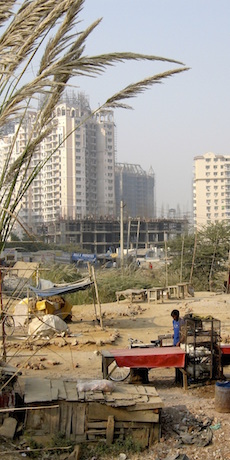The old school atlas does not help anymore to understand the world around us. Forty of the worlds largest mega regions may have only eighteen percent of the global population but they generate almost seventy percent of global GDP.
It is to these urban areas population and purchasing power continue to concentrate, it is there development, production, research and education takes place. As population grows and migration continues these mega regions will grow to include surrounding cities and be held together by regional roads and rail.
Population and economy is drawn to these ever-growing regions, each one of them bigger than many countries and each of them with its own unique opportunities, economy and industry. The expansion continues through coordinated investments in public goods; commuter rail, highways, education and airports.
Of the world's ten largest mega regions six are in Asia where half a dozen growing urban regions generate most of the areas economic welfare, growth and trade. Neither Asia, China or India are markets, they are archipelagos of opportunities. It is not a question of what sea you want to sail on, it is a question of on what island you want to go ashore.
To choose a mega region is to chose where you want to establish a beachhead, a limited market where you under many years to come may develop networks, organization, sales, distribution and marketing.
For Swedish companies that seek to go abroad this is crucial; mega regions have replaced countries as market definition. As more and more of the world's economy gathers in a small number of easily defined areas this is where attention and resources must be focused - that is where growth will be and opportunities will arise.
